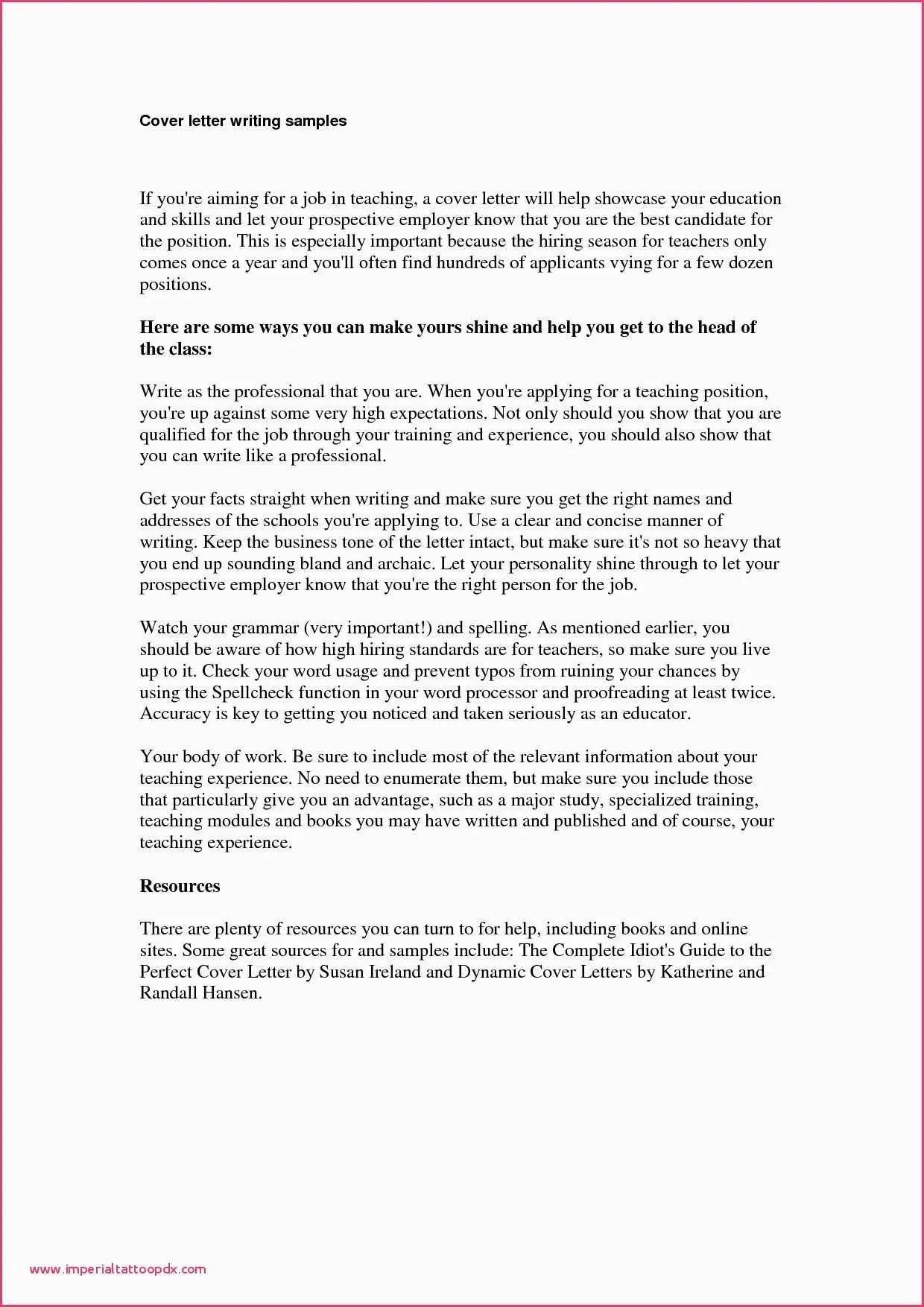What is a Cover Letter?
A cover letter is a crucial document that accompanies your resume when applying for a job. Think of it as your personal sales pitch, giving you the opportunity to introduce yourself to a potential employer and highlight why you’re the perfect fit for the position. It’s a chance to showcase your personality, express your enthusiasm, and elaborate on the experiences and skills outlined in your resume. Unlike a resume, which provides a factual overview of your work history and education, a cover letter allows you to tell a story, connecting your qualifications to the specific needs of the job and the company. It’s your first impression, so make it count!
Why Do You Need a Cover Letter?
In today’s competitive job market, a cover letter is no longer optional; it’s essential. Even if a job posting doesn’t explicitly require one, submitting a well-crafted cover letter can give you a significant advantage over other candidates. It demonstrates your attention to detail, your communication skills, and your genuine interest in the role and the company. A cover letter provides context to your resume, allowing you to explain career gaps, highlight specific achievements, and articulate how your skills and experience align with the employer’s needs. Moreover, it shows that you’ve taken the time to go the extra mile, which can leave a positive impression on the hiring manager.
Top 7 Cover Letter Secrets to Land the Job
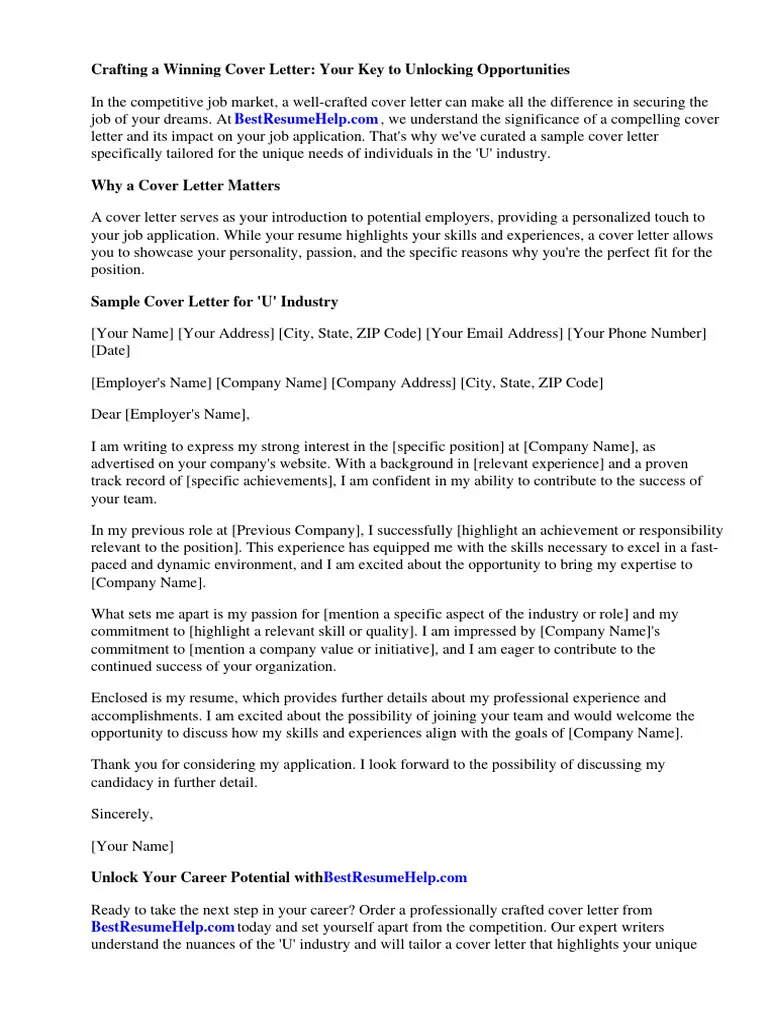
Crafting a compelling cover letter can seem daunting, but by following a few key secrets, you can significantly increase your chances of landing an interview. These secrets go beyond the basics, offering insights and strategies to help you stand out from the competition. From highlighting your key skills to tailoring your letter to each application, these tips will empower you to create a cover letter that grabs attention and makes a lasting impression. Prepare to unlock the power of persuasive writing and take your job application to the next level!
Highlight Your Key Skills and Experience
Your cover letter should be a showcase of your most relevant skills and experiences. Identify the key requirements of the job and then explicitly demonstrate how your past accomplishments and abilities align with those needs. Don’t just list your skills; provide specific examples of how you’ve used them to achieve results. Quantify your achievements whenever possible to make your claims more impactful. For instance, instead of saying “Managed social media accounts,” say “Increased social media engagement by 30% within six months.” This specificity will help the employer quickly understand the value you can bring to the team. Remember to tailor this section to each application, emphasizing the skills and experiences that are most pertinent to the specific role.
Showcase Your Passion for the Role
Employers want to hire individuals who are genuinely enthusiastic about the opportunity. Your cover letter is the perfect place to express your passion for the role and the company. Explain what excites you about the position and why you’re drawn to the organization’s mission, values, or culture. Demonstrate that you’ve researched the company and understand its goals. This could involve mentioning a specific project, initiative, or product that resonates with you. Show your genuine interest by sharing your personal motivations and how this role aligns with your career aspirations. Injecting enthusiasm into your writing will make you appear more relatable and memorable, helping you to stand out from other candidates who may have similar qualifications but lack that same level of genuine interest.
Research the Company Before Writing
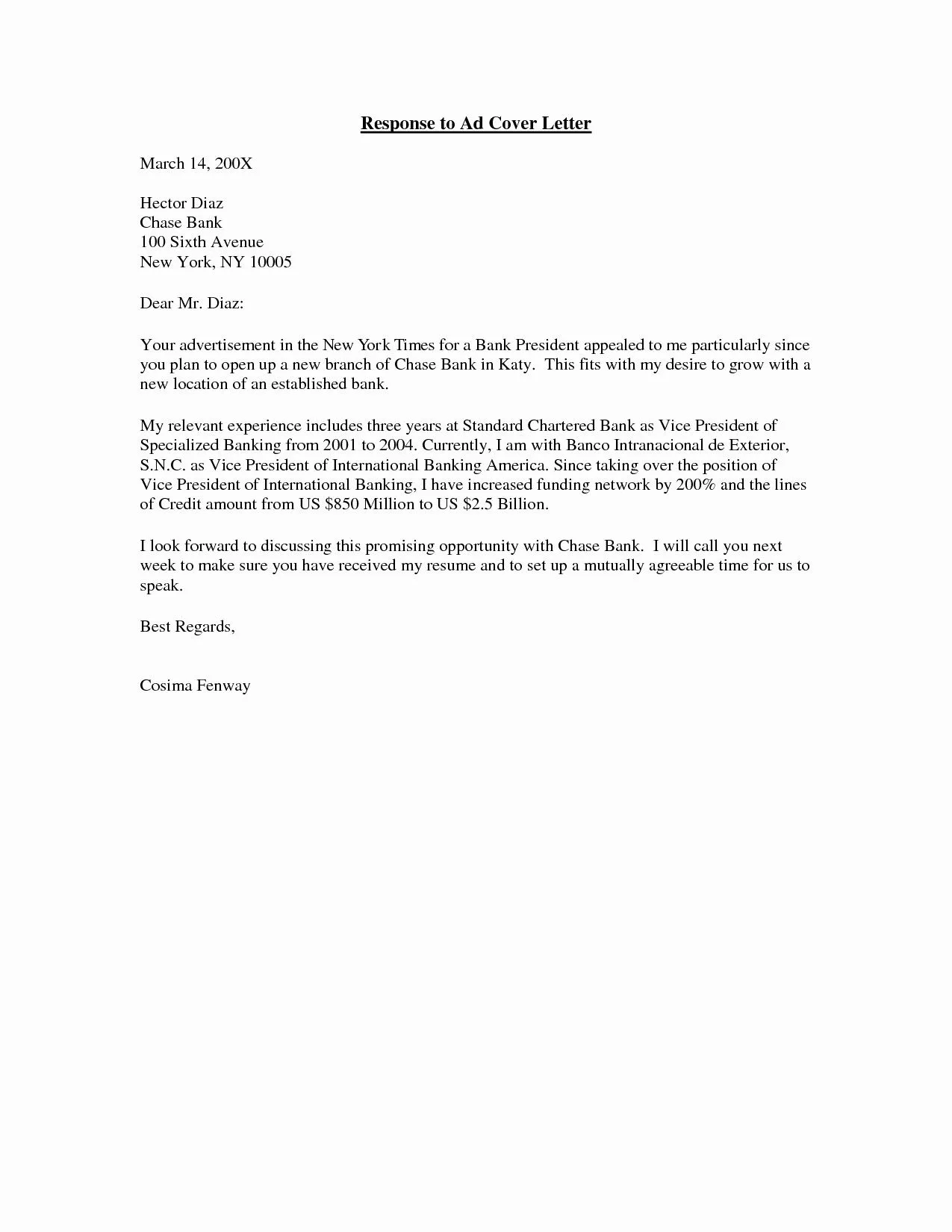
Before you even begin writing, conduct thorough research on the company and the specific role you are applying for. Visit their website, explore their social media channels, and read news articles or press releases about them. Understanding the company’s values, mission, and recent projects will help you tailor your cover letter to their specific needs and demonstrate your genuine interest. Identify what problems the company is facing or what goals they are trying to achieve, and then position yourself as someone who can help them succeed. Mentioning specific details about the company shows that you’ve taken the time to understand their business and are genuinely interested in contributing to their success. This research not only informs the content of your letter but also demonstrates your initiative and commitment to the application process.
Tailor Your Cover Letter to Each Application
Avoid the temptation of using a generic cover letter for all applications. Customizing your cover letter to each job and company is critical for success. Generic letters often feel impersonal and fail to address the specific needs and requirements of the role. Review the job description carefully and identify the key skills, experiences, and qualifications the employer is seeking. Then, in your cover letter, highlight the aspects of your background that align with those requirements. Mention the company by name and show that you understand their business and values. While it may require more effort, tailoring your letter demonstrates that you care enough to put in the extra work and that you genuinely want the job. Customization significantly increases your chances of making a strong impression and advancing to the next stage of the hiring process.
Use Action Verbs to Describe Your Accomplishments
Use strong action verbs to describe your accomplishments and responsibilities. This approach makes your cover letter more dynamic and engaging, and it helps to showcase your abilities and achievements in a more compelling way. Instead of using passive phrases like “was responsible for,” opt for active verbs such as “managed,” “led,” “developed,” “implemented,” or “achieved.” Action verbs paint a picture of your capabilities and demonstrate your proactive approach to work. They also give the employer a clear understanding of what you have accomplished in previous roles. Make sure to use a variety of action verbs to avoid sounding repetitive. Using action verbs can significantly increase the impact of your cover letter, making you a more attractive candidate.
Keep It Concise and Easy to Read
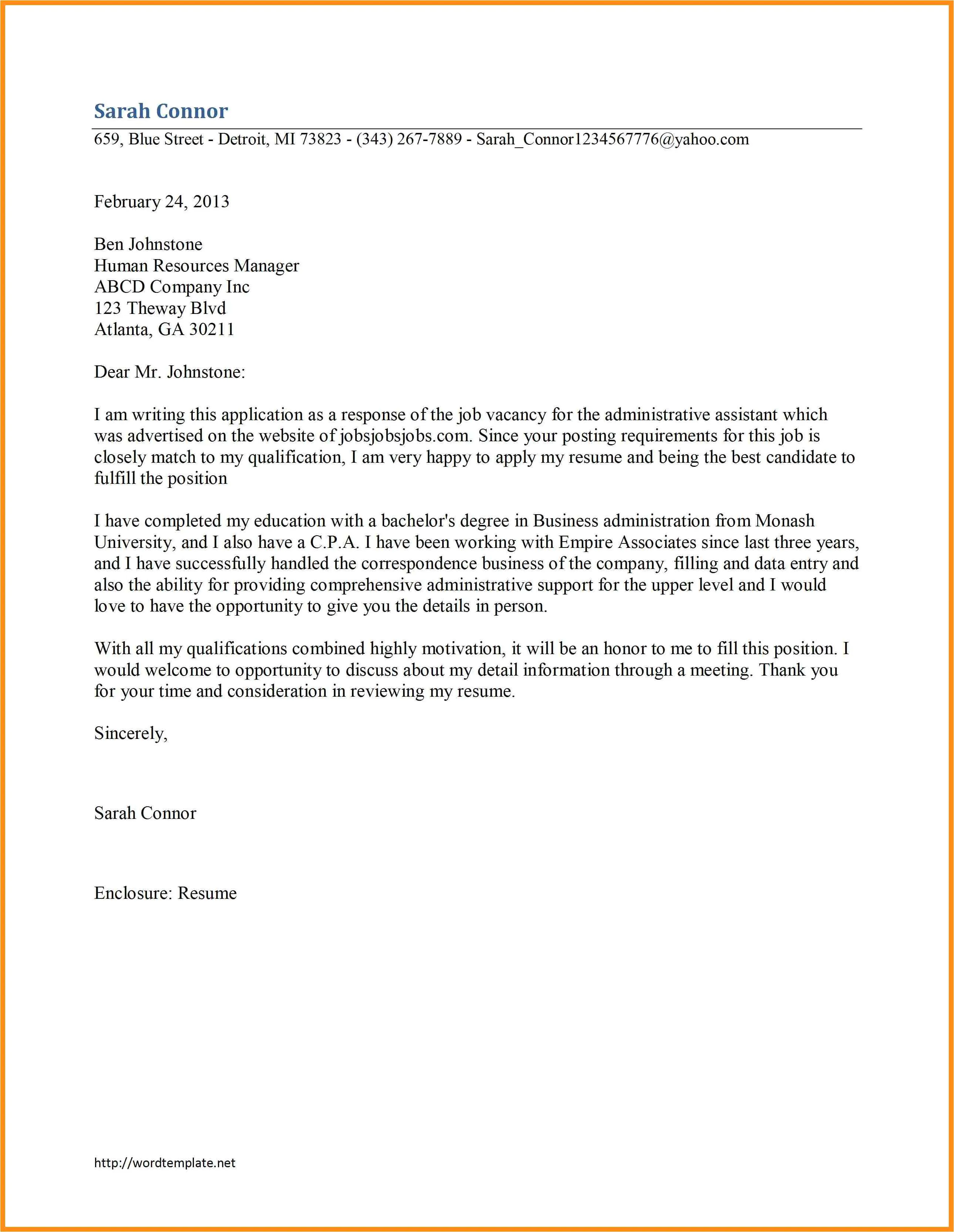
Hiring managers are busy, so keep your cover letter concise and easy to read. Aim for a length of one page, with clear paragraphs and ample white space. Avoid using overly complex language or jargon that could confuse the reader. Use bullet points or numbered lists to highlight key skills or accomplishments. Ensure your letter is well-organized with a clear structure, making it easy for the hiring manager to quickly grasp your key qualifications. Proofread your letter carefully for any grammatical errors or typos, which can detract from your professionalism. Concise and well-written cover letters are more likely to be read and appreciated, increasing your chances of making a positive impression.
Proofread and Edit Your Cover Letter Carefully
Proofreading is an absolutely critical step. Errors in your cover letter can create a negative impression, suggesting a lack of attention to detail or poor communication skills. Take the time to carefully review your letter for any typos, grammatical errors, or formatting inconsistencies. Read your cover letter aloud to catch any awkward phrasing or sentences that don’t flow naturally. Consider having a friend, family member, or career counselor review your letter as a fresh pair of eyes can often spot errors you might miss. Ensuring your cover letter is polished and error-free demonstrates your professionalism and increases your chances of being taken seriously by the hiring manager. This attention to detail sets you apart from other candidates.
Formatting Your Cover Letter for Success
The format of your cover letter is as important as its content. A well-formatted cover letter is visually appealing and easy to read, making a positive first impression. The layout and design of your letter communicate professionalism and attention to detail. By paying attention to these details, you can create a cover letter that is both informative and visually engaging, maximizing your chances of getting noticed. A well-formatted cover letter indicates that you understand the importance of clear communication and presentation.
Choosing the Right Font and Layout
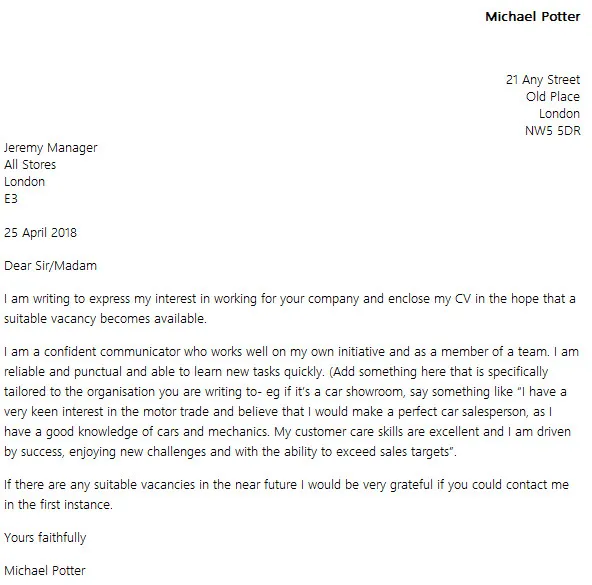
The font and layout of your cover letter play a significant role in its readability and overall presentation. Choose a professional, easy-to-read font like Times New Roman, Arial, or Calibri in a size between 10 and 12 points. These fonts are widely accepted and project a sense of professionalism. Maintain consistent formatting throughout the document, including font style, size, and spacing. Use a standard one-inch margin on all sides of the page. Ensure adequate line spacing to prevent the text from appearing cramped. Proper formatting ensures your cover letter is visually appealing and easy for the hiring manager to read. Avoid using excessively decorative fonts or layouts, as they can distract from the content. A clean, professional design will enhance your credibility and show that you pay attention to detail.
Essential Elements to Include in Your Cover Letter
A well-structured cover letter should contain specific elements to effectively communicate your qualifications and interest. These elements work together to create a compelling narrative that captures the reader’s attention and encourages them to learn more about you. By including these essential elements, you ensure that your cover letter is comprehensive, informative, and tailored to the role. Understanding the basic structure of a cover letter will help you create a strong impression on the hiring manager.
Contact Information and Date
Begin your cover letter with your contact information, including your name, address, phone number, and email address. Place this information at the top of the letter, either left-aligned or centered. Following your contact information, include the date on which you are sending the letter. This information provides a quick reference for the recipient and makes it easy for them to reach you. Make sure your contact information is accurate and up-to-date so that employers can easily contact you. A professional email address is essential; avoid using informal or unprofessional addresses. Proper contact details demonstrate your professionalism and attention to detail, crucial qualities for any job seeker.
The Introductory Paragraph
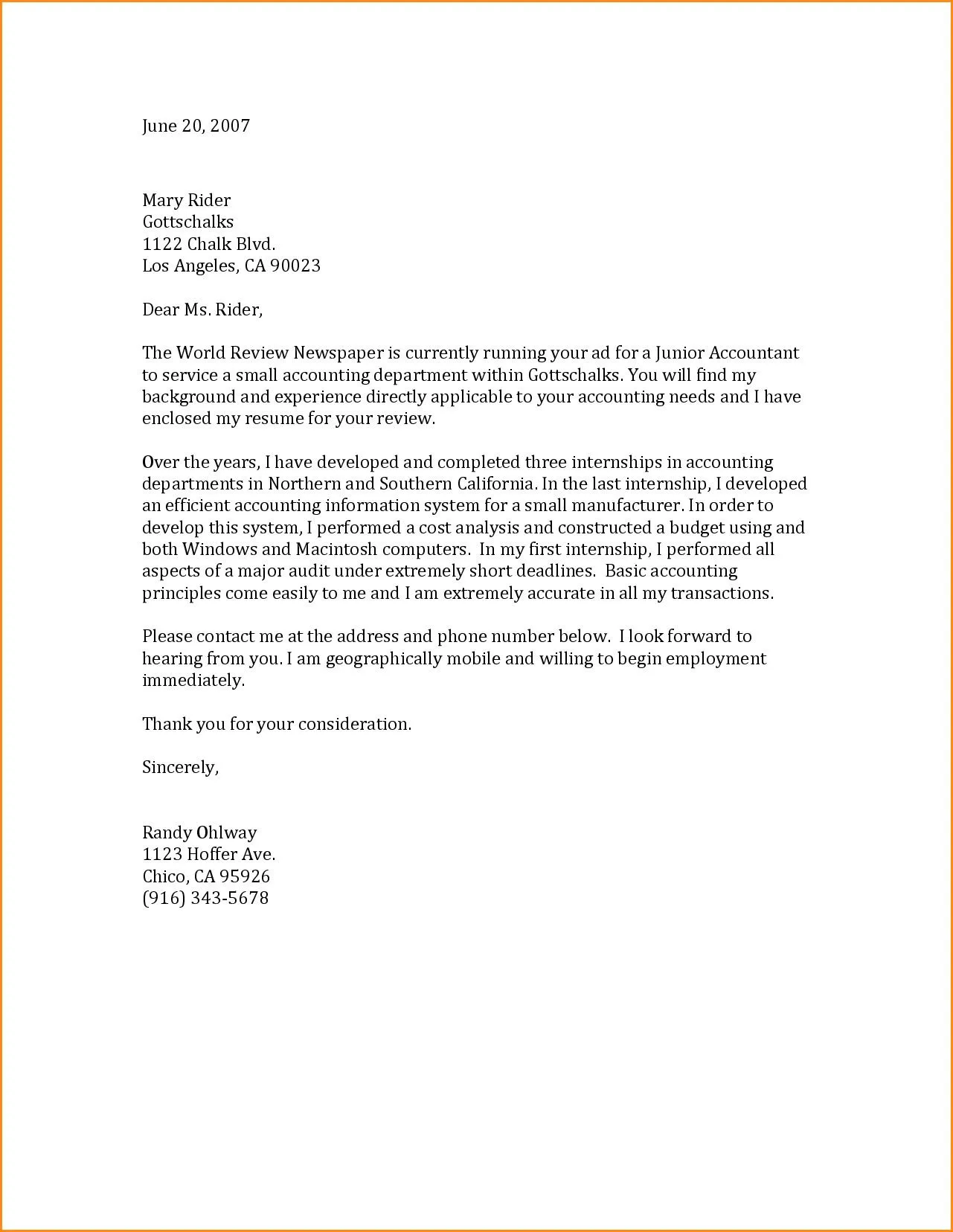
The introductory paragraph is your first chance to grab the reader’s attention. It should briefly state the purpose of your letter (e.g., expressing interest in a specific position) and mention how you learned about the opportunity. If you are responding to a job posting, reference the job title and, if applicable, the source where you found the listing. If you were referred by someone, mention their name. The introduction should also include a brief, compelling statement about why you are interested in the role and what makes you a strong candidate. This initial paragraph sets the tone for the rest of your letter and encourages the reader to continue. A strong introduction creates a positive first impression and compels the hiring manager to read on, increasing your chances of a successful application.
Body Paragraphs Highlighting Achievements
The body paragraphs of your cover letter should elaborate on your skills, experiences, and accomplishments. This is the section where you provide more detail and evidence to support the claims you made in your introduction. Choose a few key skills or experiences that are most relevant to the job and provide specific examples of how you have demonstrated those skills in the past. Use the STAR method (Situation, Task, Action, Result) to structure your examples. Explain the situation, the task you undertook, the actions you took, and the results you achieved. Quantify your accomplishments whenever possible (e.g., “Increased sales by 15%”). Tailor these paragraphs to the specific requirements of the job and highlight the experiences that will make you an excellent candidate. This is your opportunity to show how your skills and experience align with the company’s needs and goals.
Closing Paragraph and Call to Action
The closing paragraph of your cover letter should reiterate your interest in the role and express your enthusiasm for the opportunity. Summarize your key qualifications and briefly remind the reader why you are a strong candidate. Include a call to action, such as requesting an interview or stating your willingness to discuss your qualifications further. Thank the hiring manager for their time and consideration, and express your anticipation of hearing from them soon. A strong closing paragraph leaves a positive and memorable impression and encourages the employer to take the next step. End with a professional closing such as “Sincerely” or “Best regards”, followed by your typed name.
Examples of Effective Cover Letter Openings
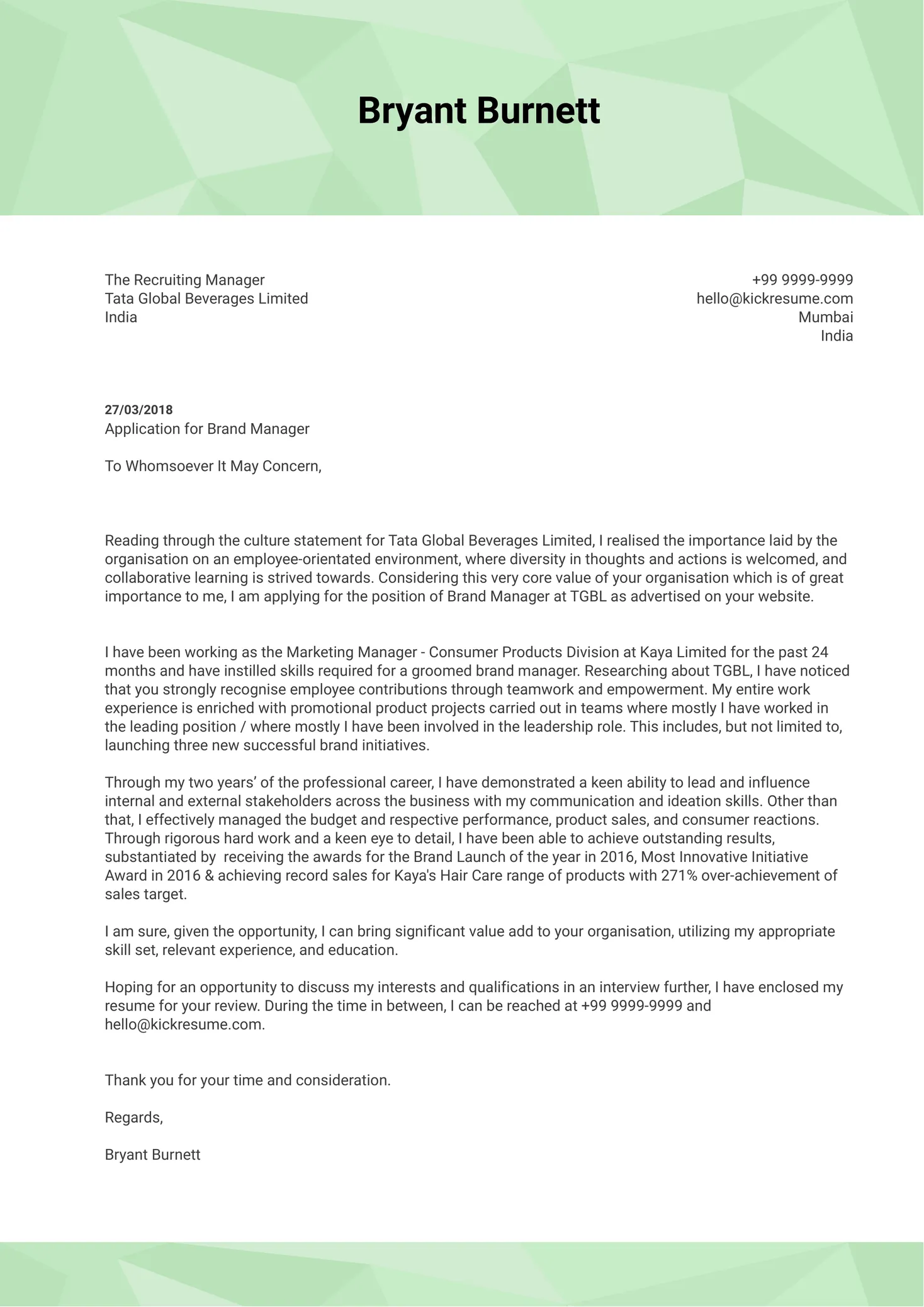
The opening of your cover letter is crucial for capturing the reader’s attention and setting the tone for the rest of the document. A strong opening statement can significantly increase the likelihood of your letter being read and considered. To make a positive first impression, consider using different approaches tailored to your specific situation. Here are some examples, each designed to capture the hiring manager’s attention and highlight your suitability for the role. These opening strategies are designed to make your cover letter memorable and increase your chances of success.
The Enthusiastic Approach
Use an enthusiastic approach to showcase your genuine interest in the role and the company. This approach is best suited for positions you are truly passionate about and companies you admire. Express your excitement directly and highlight the aspects of the job that appeal to you most. For example, “I am writing to express my enthusiastic interest in the Marketing Manager position at [Company Name], as advertised on [Platform]. I have been following [Company Name]’s innovative work in [Industry] for several years, and I am impressed by [Specific Achievement or Project].” This opening immediately conveys your interest and indicates that you’ve researched the company. It shows that you are excited about the opportunity and have a genuine interest in contributing to their success.
The Referral Approach
If you were referred by someone who works at the company, leveraging that connection can significantly increase your chances of success. Start your cover letter by mentioning the person who referred you. For example, “[Referrer’s Name], a [Referrer’s Title] at [Company Name], suggested I reach out to you regarding the [Job Title] position.” This shows that you have an inside connection and can often get your application noticed. Following the referral, briefly reiterate your interest in the role and mention how your qualifications align with the company’s needs. The referral approach immediately establishes a connection, making your application stand out and signaling your interest to the hiring manager.
Mistakes to Avoid in Your Cover Letter
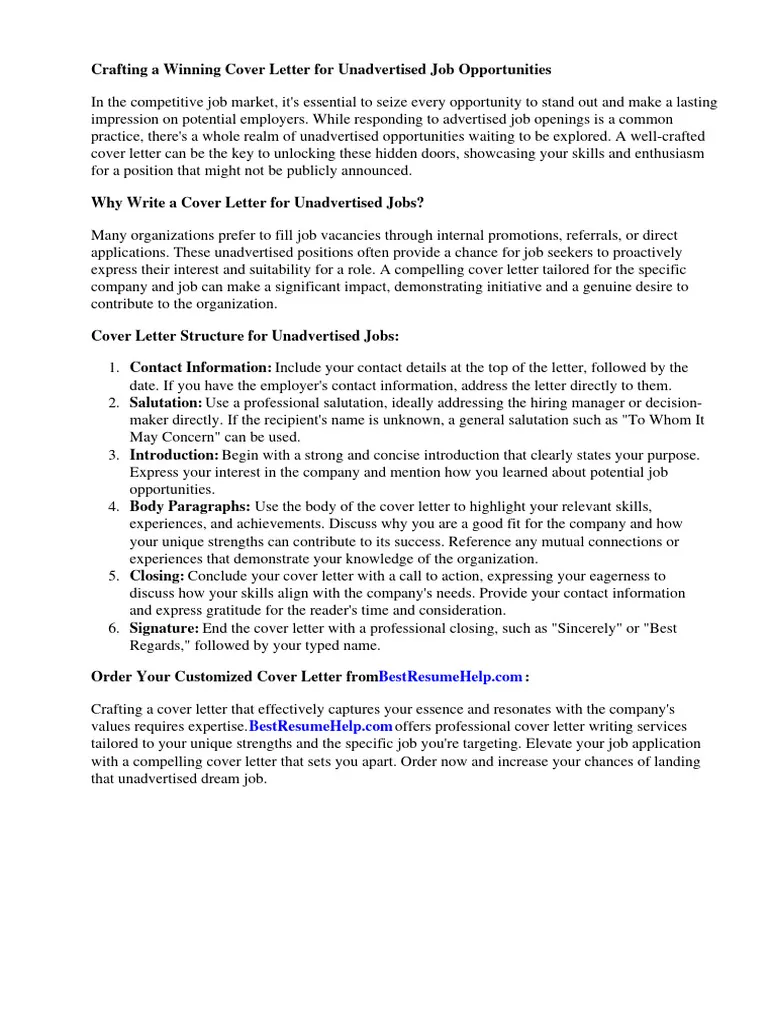
Avoiding common mistakes is just as important as including the right information. Certain errors can undermine your efforts and hurt your chances of getting an interview. From using generic language to making factual errors, these mistakes can damage your credibility and cause the hiring manager to dismiss your application. Becoming aware of these pitfalls will help you craft a cover letter that is both effective and professional, increasing your odds of success. Being mindful of these common missteps is crucial for a positive first impression.
Generic Cover Letters
Avoid using a generic cover letter that you send to every job application. These letters often lack the specific details and personalization that employers are looking for. A generic letter does not show that you have taken the time to research the company or understand their needs. Tailoring your cover letter to each specific job is essential to demonstrate your interest and fit for the role. Highlight the skills and experiences that align with the specific requirements of the job posting. Mention the company by name and show you understand its mission and values. This personalization makes your cover letter more impactful and shows that you are genuinely interested in the position.
Typos and Grammatical Errors
Typos and grammatical errors are a significant red flag and can undermine your professionalism. These errors demonstrate a lack of attention to detail and can leave a negative impression on the hiring manager. Always proofread your cover letter carefully before submitting it. Read the document aloud to catch any awkward phrasing or sentences that don’t flow naturally. Use a grammar and spell-checking tool to identify potential errors. Consider having someone else review your letter for a fresh perspective. A cover letter free of errors demonstrates your commitment to quality and your ability to communicate effectively, significantly increasing your chances of success.
Lying or Exaggerating Your Qualifications
Never lie or exaggerate your qualifications in your cover letter. Dishonesty can quickly damage your credibility and result in your application being rejected. Moreover, if you are hired based on false claims, you could face termination. Be truthful and accurate when describing your skills, experiences, and achievements. Focus on highlighting the skills and experiences that you do have that are relevant to the job. If you are unsure about a particular qualification, avoid mentioning it. Always be honest about your abilities and avoid inflating your accomplishments. Honesty is always the best policy and builds trust with potential employers.
Frequently Asked Questions about Cover Letters
Many job seekers have questions about cover letters. The answers to these frequently asked questions can help you understand what employers are looking for and how to create a cover letter that stands out. Common concerns include length, format, and content. Here are some of the most common questions and their answers, providing insights to enhance your cover letter.
These are the most common questions about Cover Letters:
- How long should a cover letter be?
- Should I include a cover letter if the job posting doesn’t require one?
- What format should I use for my cover letter?
- What tone should I use in my cover letter?
- How many cover letters should I submit?
- How can I make my cover letter stand out?
- Should I follow up after submitting my cover letter?
Answering these frequently asked questions will help you master the art of cover letter writing and increase your chances of landing your dream job. Remember that a well-crafted cover letter can be your key to success!
